Just like a balancing act, managing combination skin can sometimes feel tricky. With oily patches and dry spots coexisting on your face, it’s vital to tailor your skincare routine to meet these diverse needs. In this post, you’ll discover 5 effective tips that will help you achieve a healthy, radiant complexion while addressing the unique challenges of your skin. Say goodbye to confusion and hello to a routine that works harmoniously for you!
Table of Contents
Key Takeaways: 5 Effective Skincare Tips for Combination Skin
- Choose a gentle cleanser that effectively removes impurities without stripping the skin of its natural oils.
- Opt for lightweight, non-comedogenic moisturizers that hydrate without clogging pores.
- Incorporate regular exfoliation into your routine to help balance oil production and improve skin texture.
- Use sunscreen daily to protect all skin types from UV damage, regardless of oiliness or dryness.
- Tailor your treatments and products to address specific concerns in different areas of your face, such as oil control in the T-zone and hydration on dry patches.
Understanding Combination Skin
Your skin is unique and may not always fit neatly into one category. Combination skin is characterized by having both oily and dry areas, typically with an oilier T-zone (forehead, nose, and chin) and drier cheeks and other areas. This means that while some parts of your face may shine and feel greasy, others can feel tight and flaky. Managing combination skin can be a bit tricky, as you need to find products that can regulate oil production in the T-zone while still providing moisture to the drier areas.

What is Combination Skin?
What sets combination skin apart from other skin types is its duality. It is neither fully oily nor completely dry, which often leads to specific skincare challenges. You might find that during different seasons or due to hormonal changes, your skin can shift from one area being more pronounced than the other. Understanding the balance of your skin is vital to addressing its needs effectively.
How to Identify Your Skin Type
Along with identifying your combination skin, it’s necessary to determine your skin’s unique characteristics. A simple way to figure out your skin type is to observe your skin after cleansing it. If your skin feels oily and shiny in the T-zone but dry and maybe even irritated in the cheek area after a few hours, you likely have combination skin. Keep in mind that your skin might feel different in varying weather conditions, so observing it during humid, dry, or cold conditions can be helpful.
At times, you may need to pay attention to how your skin reacts to different products. If you notice that some areas become excessively oily while others remain parched after using a moisturizer, it’s a clear indicator of combination skin. Additionally, look for skin issues that could arise from this skin type, like clogged pores in oily areas leading to breakouts or dry patches that may become irritated. Tailoring your skincare routine to address the distinctive needs of each area will help you achieve a more balanced and healthy complexion.
Cleansing Routines
Clearly, establishing a regular cleansing routine is necessary for maintaining balanced and healthy skin, especially when you have combination skin. This type of skin likely features oily areas, such as the T-zone, and drier patches on your cheeks or jawline. A consistent cleansing routine allows you to address the unique needs of both types while ensuring that your skin remains refreshed and free of impurities. By tailoring your approach, you can effectively manage excess oil in some areas without over-drying the skin elsewhere.

Choosing the Right Cleanser
Routines play a significant role in your skincare journey. When identifying a cleanser, you should look for a product that is both gentle and effective. Ideally, a foaming or gel cleanser can help remove surplus oil from your T-zone, while cream or lotion cleansers can provide hydration for your dryer areas. Always consider non-comedogenic options, as these are specifically designed not to clog pores, which is particularly important for combination skin. You may also want to experiment with pH-balanced cleansers that keep your skin’s barrier intact, helping to prevent irritation.
Proper Cleansing Techniques
Beside choosing the right products, how you cleanse can make a big difference in your skincare routine. Start by dampening your face with lukewarm water before applying your chosen cleanser. Use gentle, circular motions with your fingertips to work the product into your skin for about 30 seconds. Be cautious not to scrub too hard, as this can lead to irritation and exacerbate both oily and dry areas. Rinse thoroughly with lukewarm water and pat your skin dry with a clean towel, avoiding any vigorous rubbing that may cause discomfort.
Another important aspect of proper cleansing techniques is timing. Ideally, you should cleanse your face twice a day – once in the morning and once before bed. Be mindful of the products you use and adjust your routine based on the seasons or any changes in your skin’s condition. If your skin feels dry after cleansing, you may need to switch to a more hydrating option or reduce the frequency of cleansing in drier months. It’s vital to keep an eye on your skin’s response; this will allow you to adapt your routine and ensure that both oily and dry areas remain balanced.
✨ Glow Up with the Best Skincare Essentials! ✨
Pamper your skin with top-rated skincare products designed for a healthy, radiant glow! From hydrating moisturizers to powerful serums, find everything you need for the perfect skincare routine.
👉 Shop Now: Explore Skincare 💖🌿💦
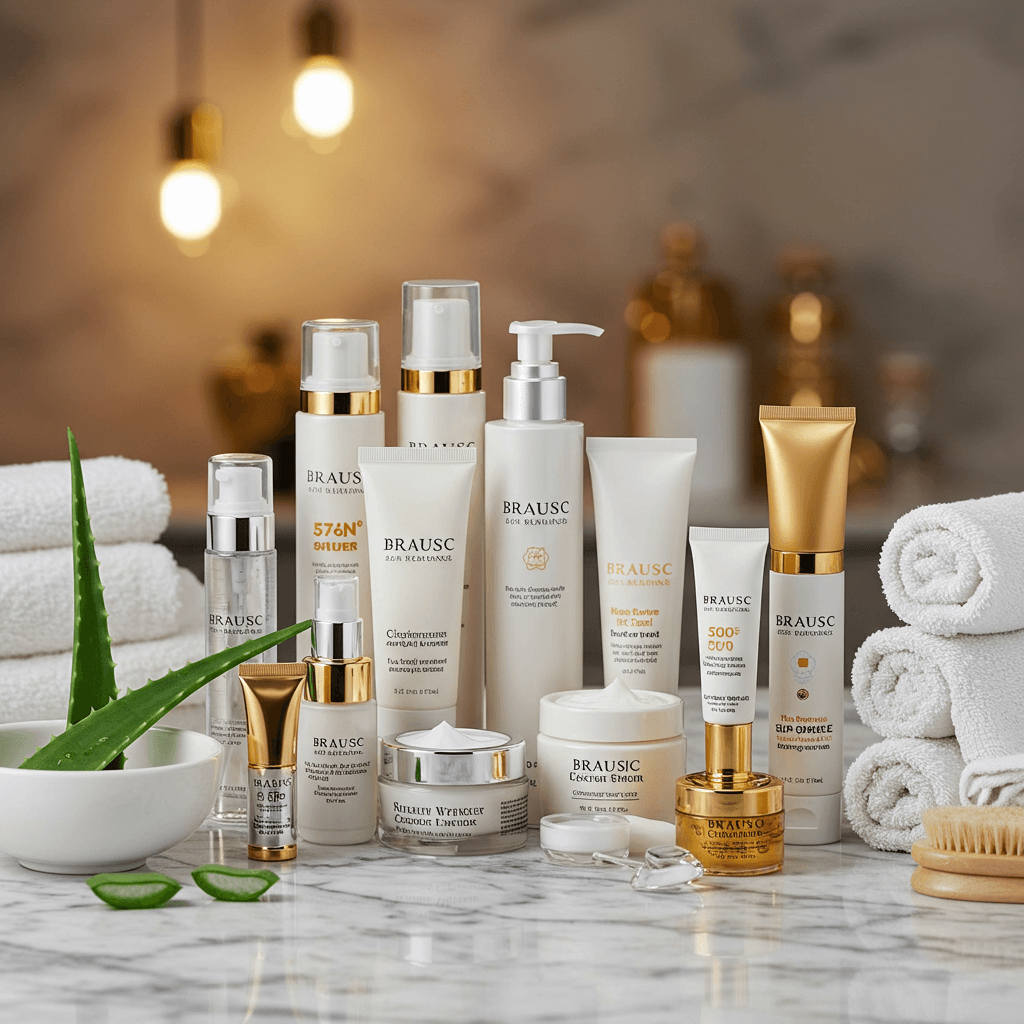
Balancing Moisture
Many people with combination skin find it challenging to strike the right balance between dryness and excess oil production. Your skin can often feel like it’s in a tug-of-war between different needs: the oily areas may need less hydration, while dry patches crave more moisture. To successfully navigate this landscape, it’s imperative to adopt a tailored approach to moisturizing that caters specifically to your unique skin concerns.

Targeted Moisturizing Strategies
Moisture plays a vital role in maintaining your skin’s health and appearance. For combination skin, a targeted moisturizing strategy can make all the difference. Consider using a lightweight, gel-based moisturizer for the oilier regions of your face, while opting for a richer, creamier product for the dry areas. This way, you can address the different moisture requirements without overwhelming the more oily parts of your skin.
Hydrating Without Causing Oiliness
One of the biggest challenges is finding a way to hydrate your skin without exacerbating oiliness. Look for products with non-comedogenic and oil-free formulas that won’t clog your pores. Ingredients like hyaluronic acid and glycerin are excellent choices because they draw moisture into the skin without adding extra oil. Additionally, incorporating a toner with a light hydrating formula can help prehydrate your skin, making it easier for your moisturizer to do its job effectively.
In fact, you might be pleasantly surprised to discover that light layers of moisture can keep your skin balanced and looking fresh. A well-chosen hydrator can help regulate oil production in the oily areas while providing the hydration that dry patches crave. Staying consistent with your routine allows you to achieve that radiant, healthy look without the feared greasy finish. Your skin deserves this attention, and you’ll quickly see the positive impact of your thoughtful approach!
Exfoliation Methods
Not all exfoliation methods are created equal, especially when it comes to addressing the unique needs of combination skin. You may find that a balanced approach, combining both physical and chemical exfoliants, works wonders for you. While physical exfoliants like scrubs can help remove dead skin cells and unclog pores, chemical exfoliants such as AHAs and BHAs can penetrate deeply, ensuring your oily areas are decongested without stripping the moisture from your drier patches. It’s all about customizing your routine to find what benefits your skin the most!
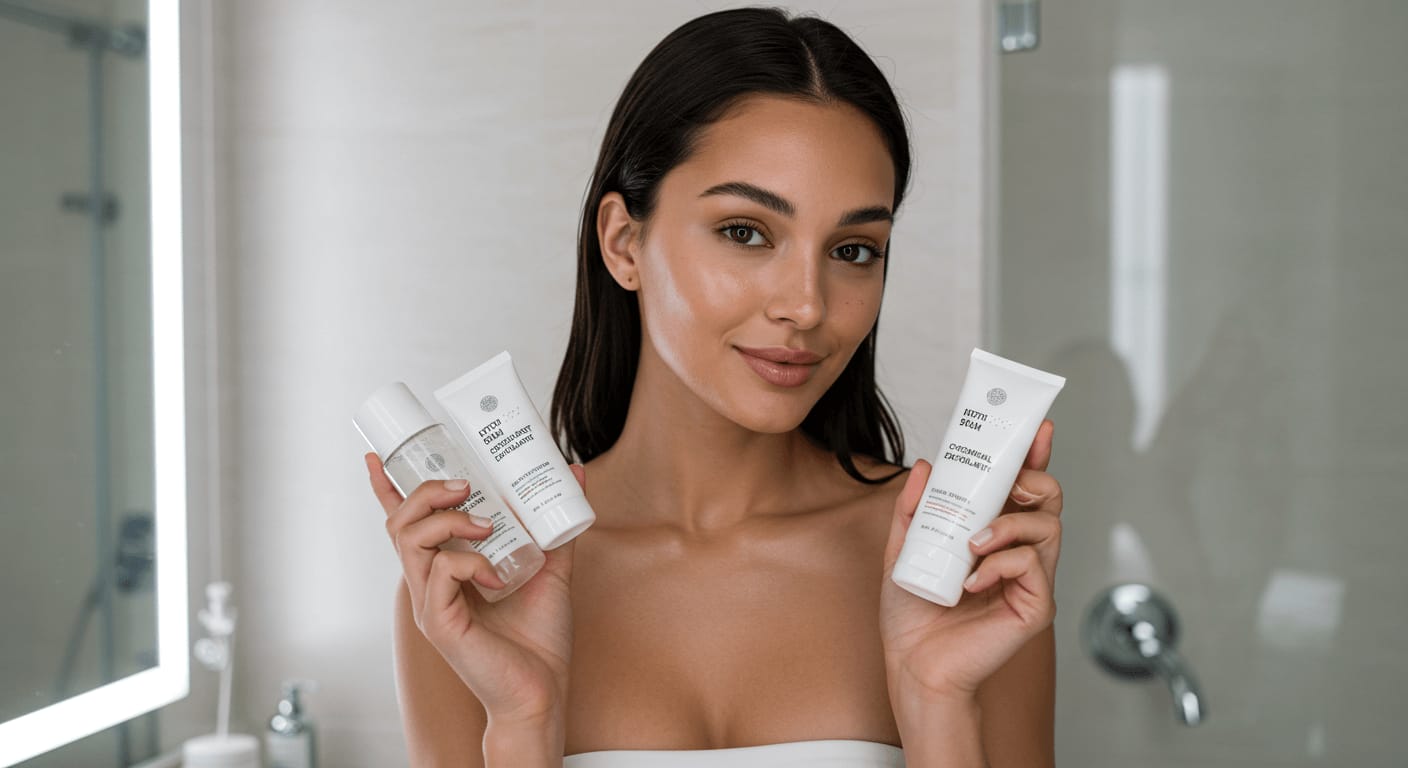
Benefits for Combination Skin
Above all, exfoliating your combination skin can vastly improve its overall texture and appearance. Regular exfoliation helps to prevent clogged pores, which are particularly common in areas where your skin tends to be oilier. By keeping your skin smooth and preventing breakouts, you’re allowing the drier areas to absorb moisture better, leading to a more balanced complexion. Additionally, the removal of dead skin cells allows your skincare products to work more effectively, giving you the vibrant glow you desire.
How Often to Exfoliate
Around two to three times a week is generally considered ideal for maintaining healthy combination skin. This frequency allows you to reap the benefits of exfoliation without overdoing it, which can lead to irritation or inflammation, particularly in drier areas. It’s imperative to listen to your skin and adjust accordingly. If your skin feels more sensitive or looks red, you might want to cut back on exfoliation, while if you notice a buildup of dead skin cells, it could be time to amp up your routine.
As a guideline, choosing the right products matters just as much as how often you exfoliate. You can opt for gentle chemical exfoliants like lactic acid, which offer hydration along with exfoliation, or consider mild physical scrubs that won’t irritate your skin. Always keep in mind your skin’s specific needs, and consult with a skincare professional if you’re unsure about your exfoliation routine.
✨ Glow Up with the Best Skincare Essentials! ✨
Pamper your skin with top-rated skincare products designed for a healthy, radiant glow! From hydrating moisturizers to powerful serums, find everything you need for the perfect skincare routine.
👉 Shop Now: Explore Skincare 💖🌿💦

Targeted Treatments
After identifying the specific needs of your combination skin, it’s imperative to implement targeted treatments that address those concerns directly. This approach will help you achieve a balanced complexion that feels both nourished and refreshed. By focusing on the areas that need the most attention, you can enhance your skincare routine and see noticeable improvements in your skin’s appearance.

T-zone oil control
The T-zone, located across your forehead and down your nose, often produces excess oil, which can lead to shine and breakouts. To combat this, consider using a lightweight, oil-free serum or gel specifically designed for this area. Look for ingredients like salicylic acid or witch hazel, as these can help minimize shine without over-drying your skin. Implementing these products into your daily routine can assist you in maintaining a matte finish throughout the day while addressing potential blemishes on your T-zone.
Cheek hydration solutions
To ensure that your cheeks remain hydrated and healthy, incorporate rich moisturizers or hydrating serums that cater specifically to this area. Opt for products with hyaluronic acid and glycerin, which can attract moisture and keep your skin plump without making it feel greasy. Apply these treatments after your T-zone products to ensure balanced moisture across your face.
At the same time, it’s imperative to be mindful of the texture and consistency of the products you use on your cheeks. A thicker cream might be ideal for those dry areas, while a lightweight lotion could suffice for the rest of your face. Always consider your skin’s changing needs with the seasons, and adjust your products accordingly to maintain that desired level of hydration. By addressing these details, you’ll promote a healthy, radiant complexion from every angle.
Protecting Your Skin
Unlike dry or oily skin, combination skin demands a tailored approach to protection. Given the differing needs of your skin in various areas, using the right products to shield from environmental damage and the sun is necessary. This means balancing moisture for the dry patches while ensuring that you don’t overload your oilier areas. Opting for gentle, *non-comedogenic* products will help keep your skin healthy and radiant without causing breakouts or irritation.

Sunscreen for combination skin
Sunscreen is an absolute must for your skincare routine, no matter the season. For combination skin, look for a lightweight, *broad-spectrum sunscreen* that offers protection against UVA and UVB rays. Gel-based or mineral sunscreens are fantastic options, as they hydrate the drier areas without making the t-zones feel greasy. Applying sunscreen every day not only prevents sun damage but also helps maintain the overall balance of your skin.
Seasonal skincare adjustments
Before the weather changes, take a moment to reassess your skincare routine. Different seasons can significantly impact how your combination skin behaves, so it’s important to adapt accordingly. In the summer, your skin may produce more oil, requiring lighter products, while during winter, you might need richer moisturizers to combat dryness. Tailoring your routine helps in keeping the oil production balanced while preventing the dry areas from becoming too compromised.
The key to successful seasonal skincare adjustments is tuning into your skin’s signals. As temperatures drop, opt for *hydrating serums* and thicker creams to lock in moisture. Conversely, in warmer months, focus on using lightweight, *oil-free products* that control shine without stripping your skin of hydration. Adapting your routine as the seasons change ensures your combination skin stays healthy and vibrant year-round, allowing you to enjoy each season without worrying about skin imbalances.
✨ Glow Up with the Best Skincare Essentials! ✨
Pamper your skin with top-rated skincare products designed for a healthy, radiant glow! From hydrating moisturizers to powerful serums, find everything you need for the perfect skincare routine.
👉 Shop Now: Explore Skincare 💖🌿💦

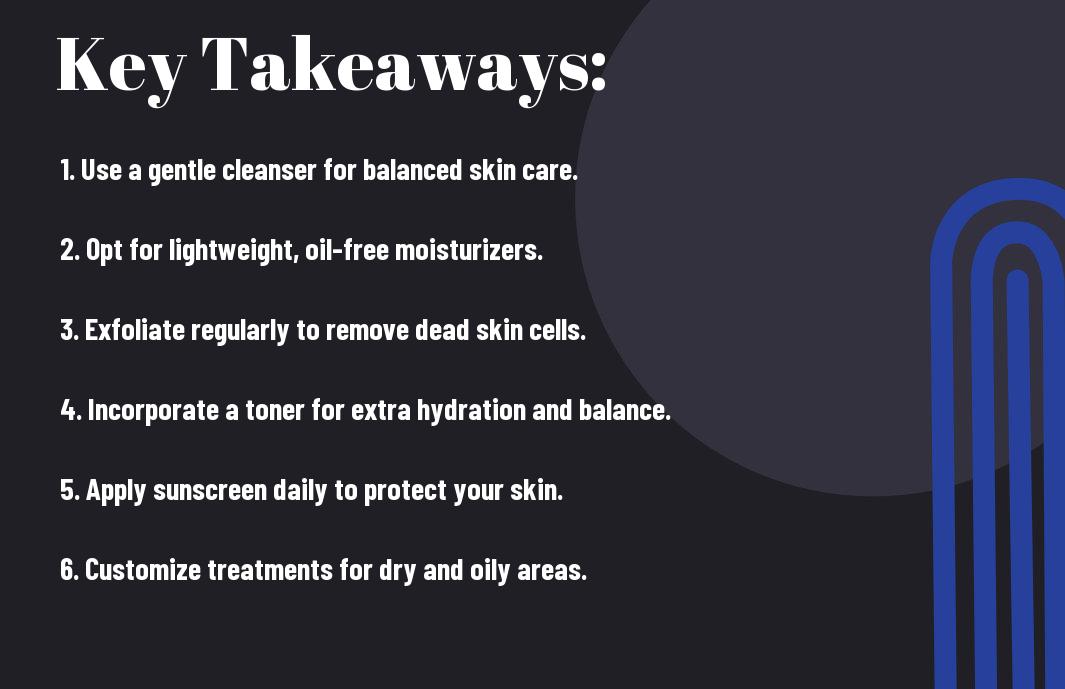
Summing Up
Now that you’re armed with 5 effective skincare tips for combination skin, you can tailor your routine to better suit your unique needs. By using gentle cleansers, balancing moisturizers, appropriate exfoliation, sun protection, and nourishing masks, you’ll help your skin thrive and look its best. It’s vital to pay attention to how your skin reacts to products and make adjustments as needed to keep that perfect balance!
If you’re looking for more in-depth guidance, check out The Ultimate Skin Care Routine for Combination Skin. With the right knowledge and tools, you’re well on your way to mastering your skincare routine, making your skin feel revitalized and radiant. Enjoy the journey to beautiful skin!
FAQ:
Q: What is combination skin and how can I identify it?
A: Combination skin is characterized by having both dry and oily areas on the face. Typically, the T-zone (forehead, nose, and chin) is oily, while the cheeks may be dry or normal. You can identify combination skin by noticing that some parts of your face are prone to shine and breakouts, while others may feel tight or flakes. Observing how your skin reacts to different products can also help you recognize the areas that fall into each category.
Q: What are the best types of cleansers for combination skin?
A: For combination skin, it’s advisable to use a gentle foaming or gel cleanser that effectively removes excess oil without stripping the skin of its natural moisture. Look for cleansers containing ingredients like salicylic acid or tea tree oil for the oily areas, and hydrating ingredients like aloe vera or glycerin for the dry patches. Avoid harsh soaps as they can exacerbate dryness or cause irritation.
Q: How can I hydrate my skin without making it oily?
A: To hydrate combination skin, opt for lightweight, non-comedogenic moisturizers that won’t clog pores. Gel-based moisturizers that contain hyaluronic acid or water-based formulations are excellent choices, as they provide hydration without heaviness. You can also consider using a targeted moisturizer for dry areas and a lightweight lotion for oily zones, ensuring both needs are met.
Q: Are there specific ingredients I should look for in skincare products?
A: Yes, for combination skin, look for products that balance both oily and dry areas. Key ingredients may include salicylic acid to manage oil production, glycolic acid for gentle exfoliation, and niacinamide to help with oil control and redness. Additionally, consider products with antioxidants like vitamin C to protect the skin and enhance its overall health. It’s best to avoid heavy oils that can contribute to breakouts.
Q: How often should I exfoliate if I have combination skin?
A: Exfoliating is important for maintaining healthy skin, but it’s imperative to do so wisely with combination skin. Aim for exfoliation 1-2 times a week using a mild chemical exfoliant containing AHAs or BHAs. This frequency helps to remove dead skin cells and prevent clogged pores without over-drying or irritating the skin. Be attentive to how your skin responds, adjusting frequency as needed to avoid irritation.







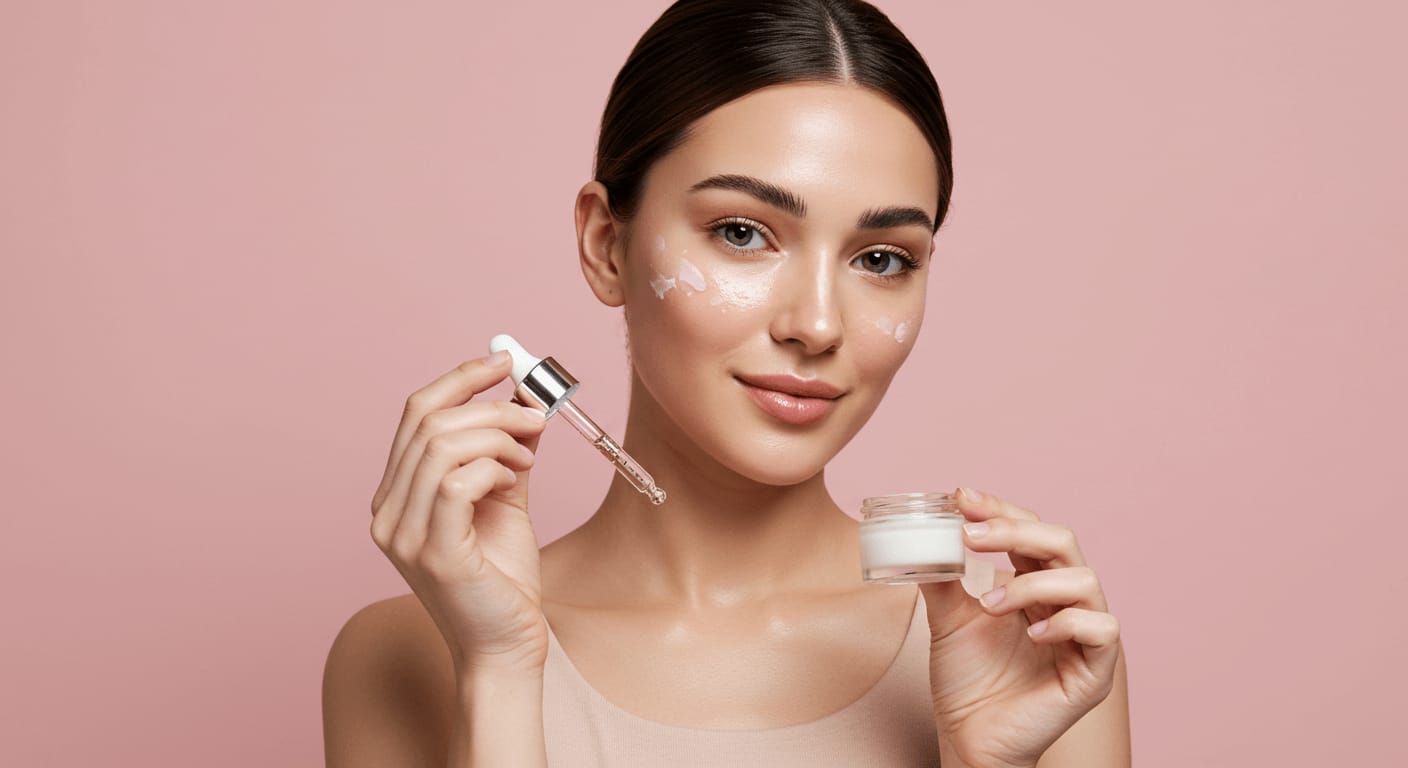









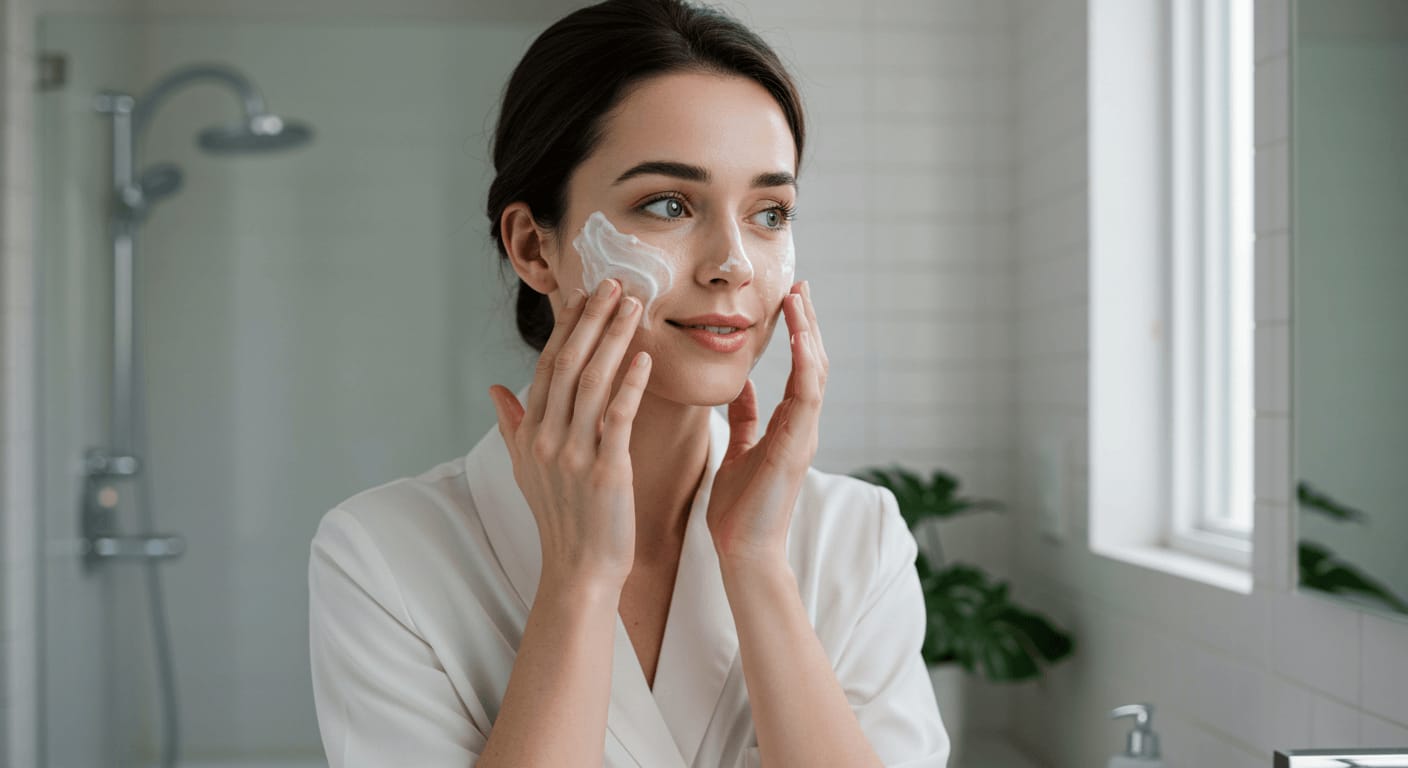







0 Comments